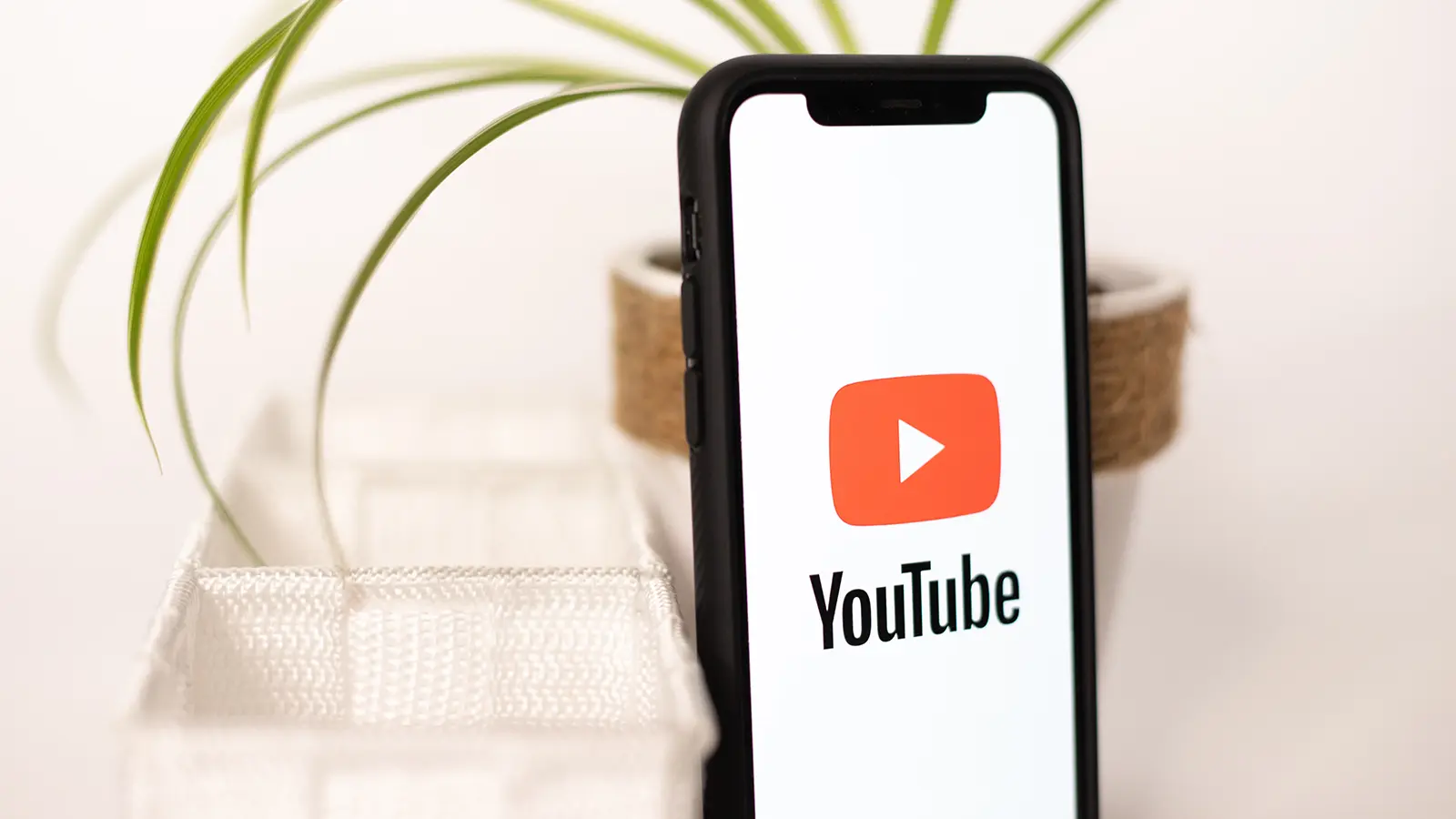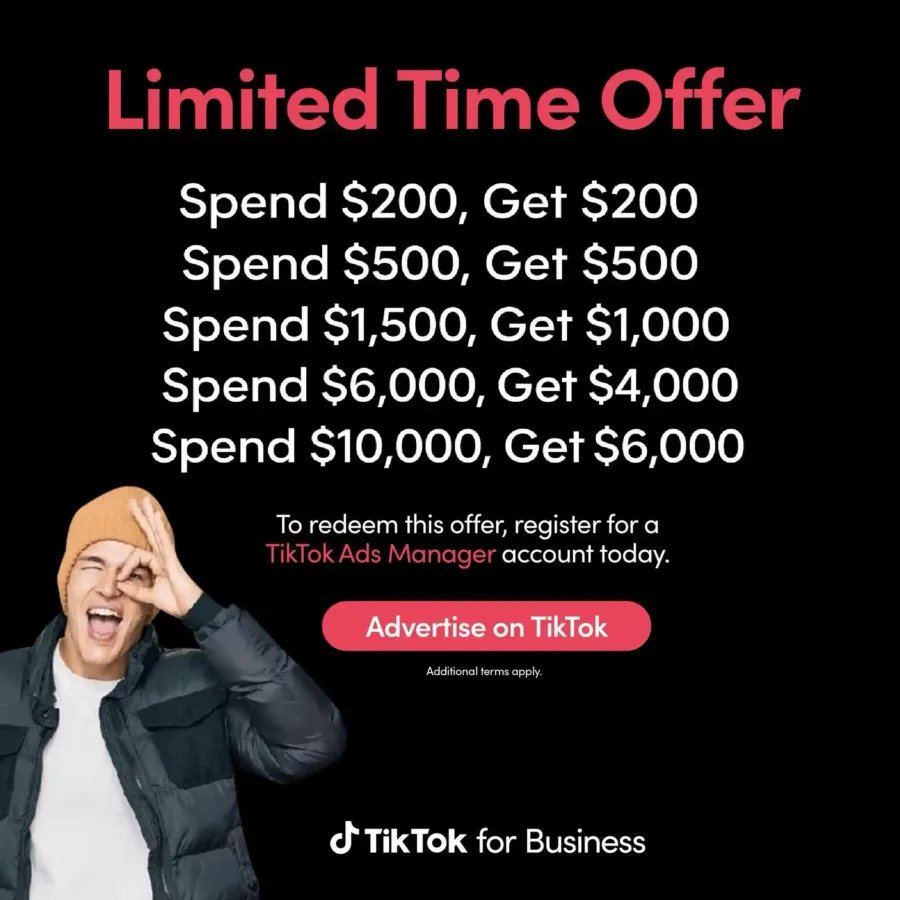YouTube
YouTube to use AI to detect (and protect) underage users
If YouTube incorrectly labels someone as under 18, users can prove their age by uploading a government ID, taking a selfie, or entering credit card details.

Just a heads up, if you buy something through our links, we may get a small share of the sale. It’s one of the ways we keep the lights on here. Click here for more.
Starting August 13th, YouTube will begin using AI-powered age estimation technology to better identify users under 18 years old in the US.
This new system will analyze user activity and account details to guess someone’s age, even if they didn’t enter it correctly. The goal is to automatically apply protections meant for minors.
Once YouTube flags an account as belonging to a teen, it will activate a series of safety features.
These include blocking access to age-restricted videos, showing non-personalized ads, limiting repeated suggestions of sensitive content (like videos about body image), and turning on “take a break” reminders.
Users will also see privacy prompts when uploading videos or commenting, to help reinforce safer behavior online.
Google, YouTube’s parent company, first announced this AI approach to age estimation earlier in 2024.
It’s part of a broader movement worldwide to increase online safety for children and teens.
For example, the UK just introduced age verification rules for adult websites, and several US states are trying to block minors from accessing porn.
Meanwhile, the European Union is testing a digital ID-based age check system.
If YouTube incorrectly labels someone as under 18, users can prove their age by uploading a government ID, taking a selfie, or entering credit card details.
YouTube will notify users if this happens so they have a chance to correct it.
This change might also affect creators. Since minors don’t see personalized ads, creators with younger audiences may notice a drop in ad revenue if more of their viewers are reclassified as teens.
James Beser, YouTube’s Director of Product Management, says this feature will start with a small group of US users to see how it performs before expanding to other countries.
He emphasized that the aim is to make sure “teens are treated as teens and adults as adults” and that YouTube will closely monitor the impact of this rollout.
Do you think AI-powered age detection will effectively protect minors online, or will it create too many false positives and privacy concerns? Should platforms be required to verify users’ real ages? Tell us below in the comments, or reach us via our Twitter or Facebook.


























